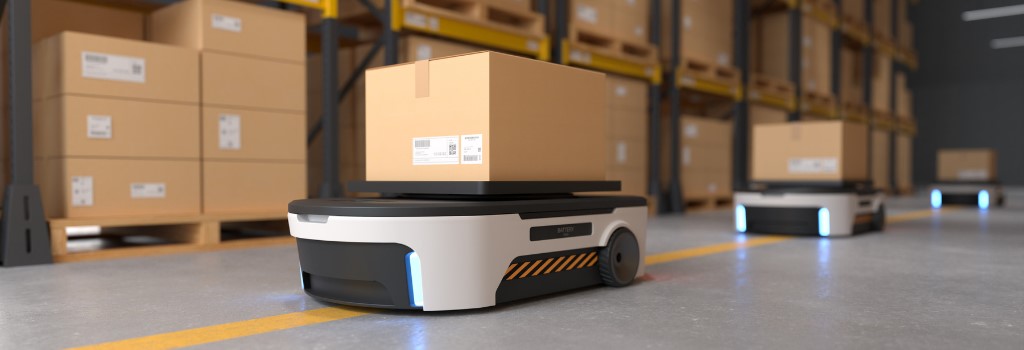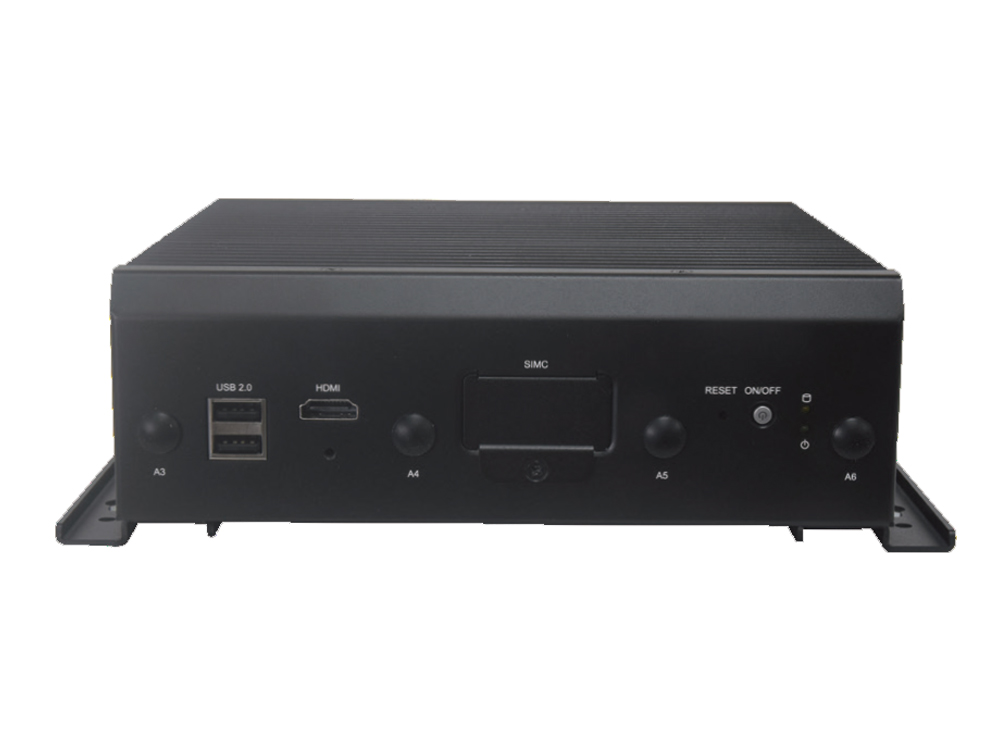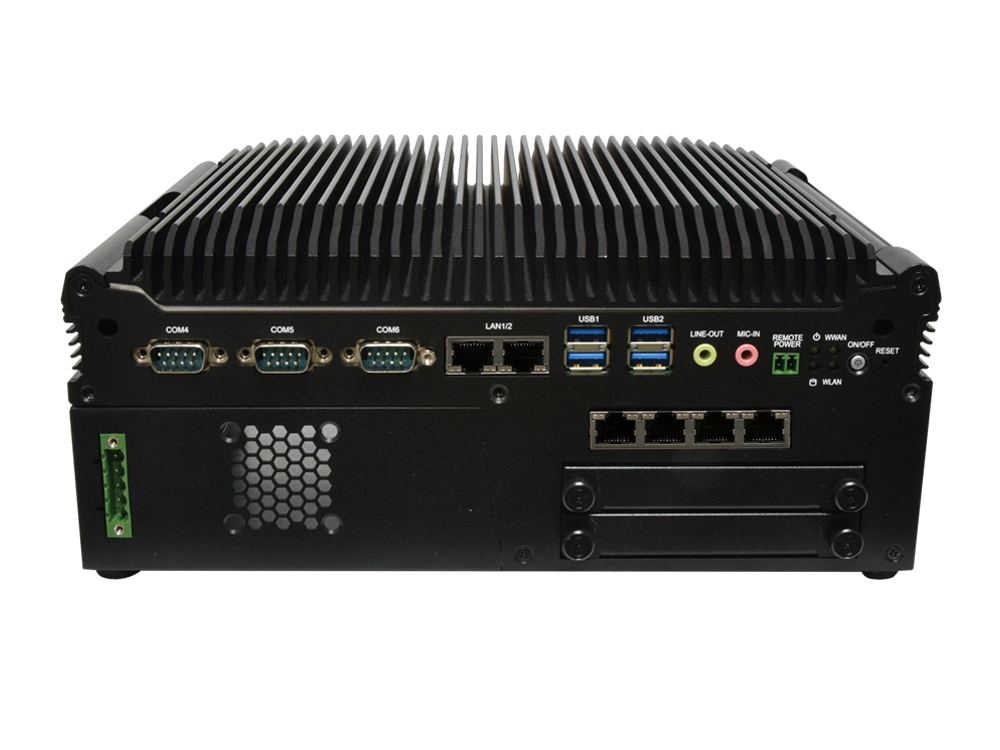AI plays a crucial role in enabling autonomous mobile robots to perceive, reason, and make intelligent decisions in dynamic and unstructured environments. AI for autonomous mobile robots is a rapidly evolving field, driven by advancements in computer vision, machine learning, and robotics. It finds applications in various domains, including logistics and warehousing, manufacturing, healthcare, agriculture, and search and rescue operations. The goal is to develop robots that can operate autonomously, adapt to changing environments, and interact effectively with humans to perform complex tasks.
Here are some key aspects of AI for autonomous mobile robots:
Perception
Autonomous mobile robots need to perceive their surroundings accurately. AI techniques such as computer vision, lidar, radar, and depth sensing are used to understand the environment, detect obstacles, identify objects, and track their positions. Machine learning algorithms, such as convolutional neural networks (CNNs) and deep learning, are commonly employed for perception tasks.
Localization and Mapping
Robots need to know their own position (localization) and create maps of their environment (mapping) to navigate effectively. Simultaneous Localization and Mapping (SLAM) algorithms use sensor data and AI techniques to estimate the robot's position and construct a map of its surroundings.
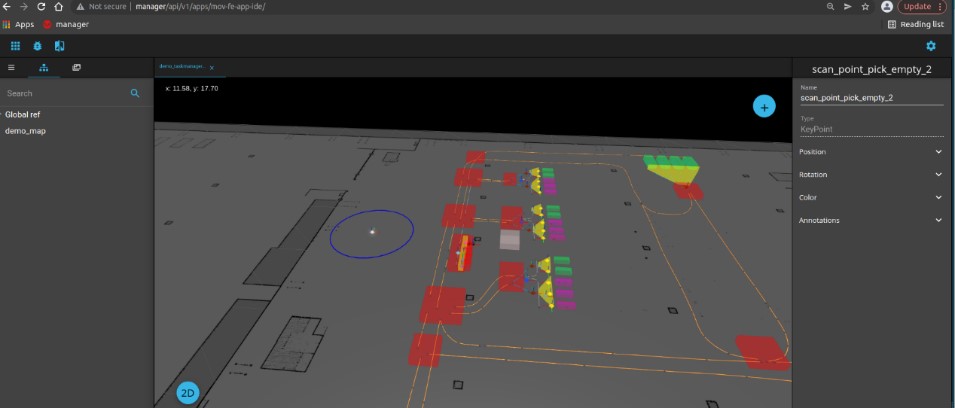
Path Planning and Navigation
AI algorithms are used to plan optimal paths for robots to move from one location to another while avoiding obstacles. Techniques such as A* search, Rapidly-exploring Random Trees (RRT), and Potential Field methods are employed to plan safe and efficient paths. Reinforcement learning is also used to enable robots to learn navigation policies through trial and error.
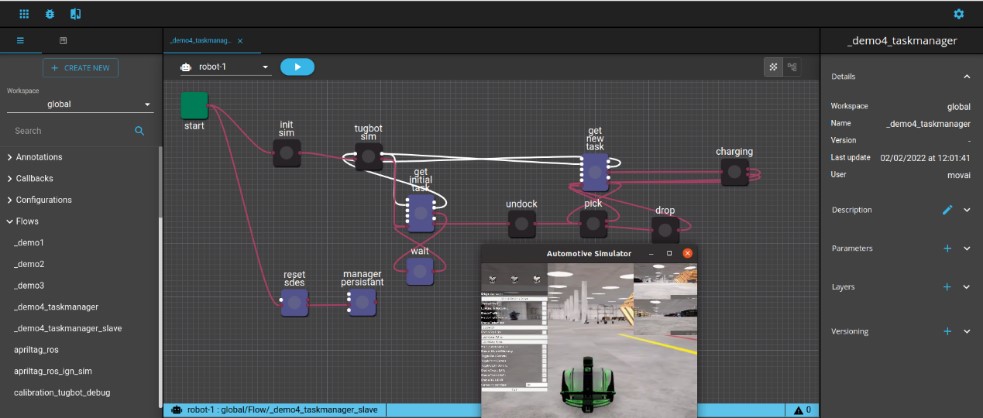
Rugged AI Computing Platforms
Autonomous mobile vehicles require robust hardware platforms capable of running AI algorithms efficiently. This may include high-performance processors, GPUs, or dedicated AI accelerators to handle computationally intensive tasks.
Speeding up AMR Deployment
One of the main challenges in the Autonomous Mobile Robots (AMR) markets is to build enterprise-grade robots (based on ROS) quickly with the proper level of security and flexibility to scale up the operation with a fleet of AMRs, to ensure operational success with the right effective tools.
MOV.AI and Lanner have joined forces to deliver integrated robotics leveraging the Robotics Engine Platform™ with Lanner’s Edge AI computing appliance. This collaborative AMR solution simplifies the development process by providing robot manufacturers and integrators with both the machine vision computing and the software platform they need to quickly build, deploy, and operate intelligent AMR solutions optimized for industrial environments.
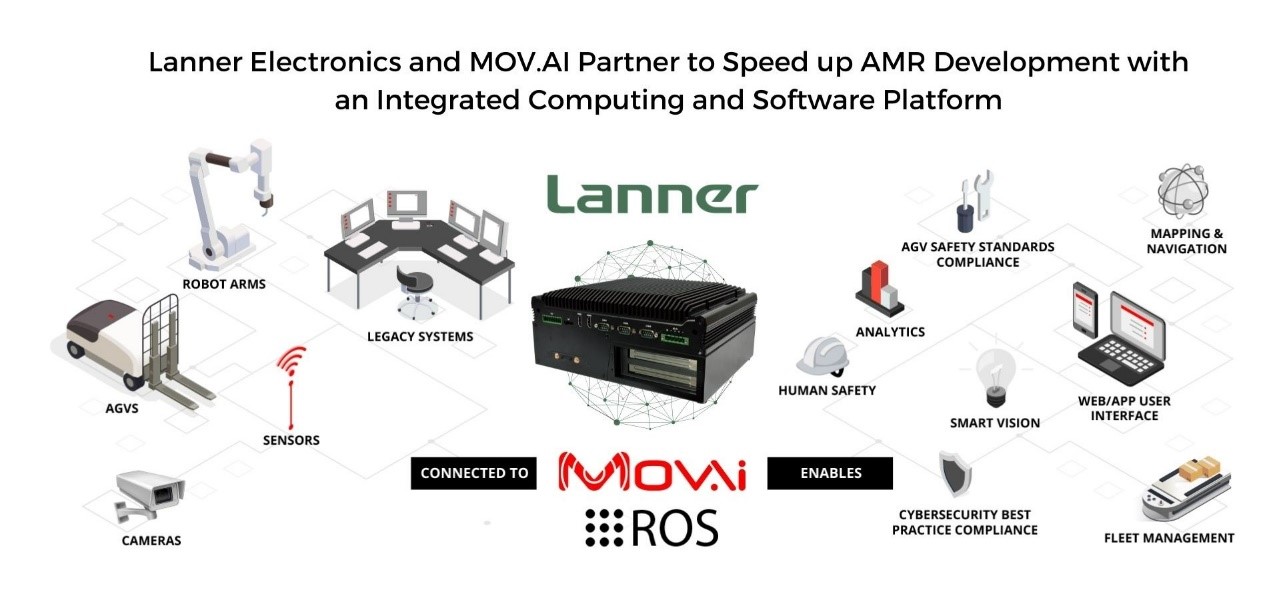
Click here to learn more about the Lanner/Mov AI bundled AMR solution
MOV.AI Robotics Engine Platform
The MOV.AI ROS-based Robotics Engine Platform™ provides AMR manufacturers and automation integrators with navigation, localization, calibration, and the enterprise-grade tools they need for advanced automation. It includes a visual Integrated Development Environment (IDE), off-the-shelf algorithms and integrations, fleet management, flexible interfaces with warehouse environments such as ERP and WMS, and cyber-security compliance.
